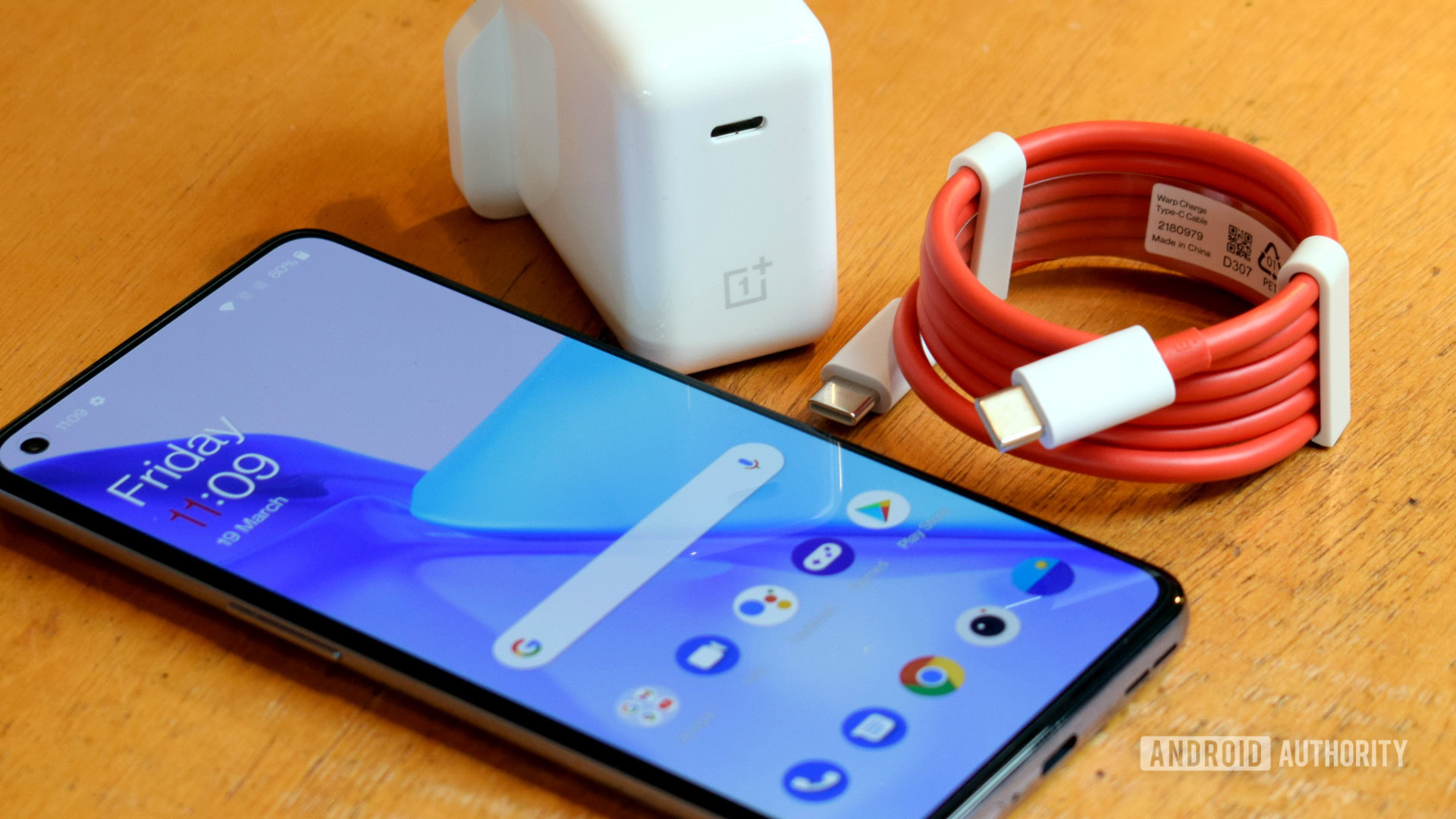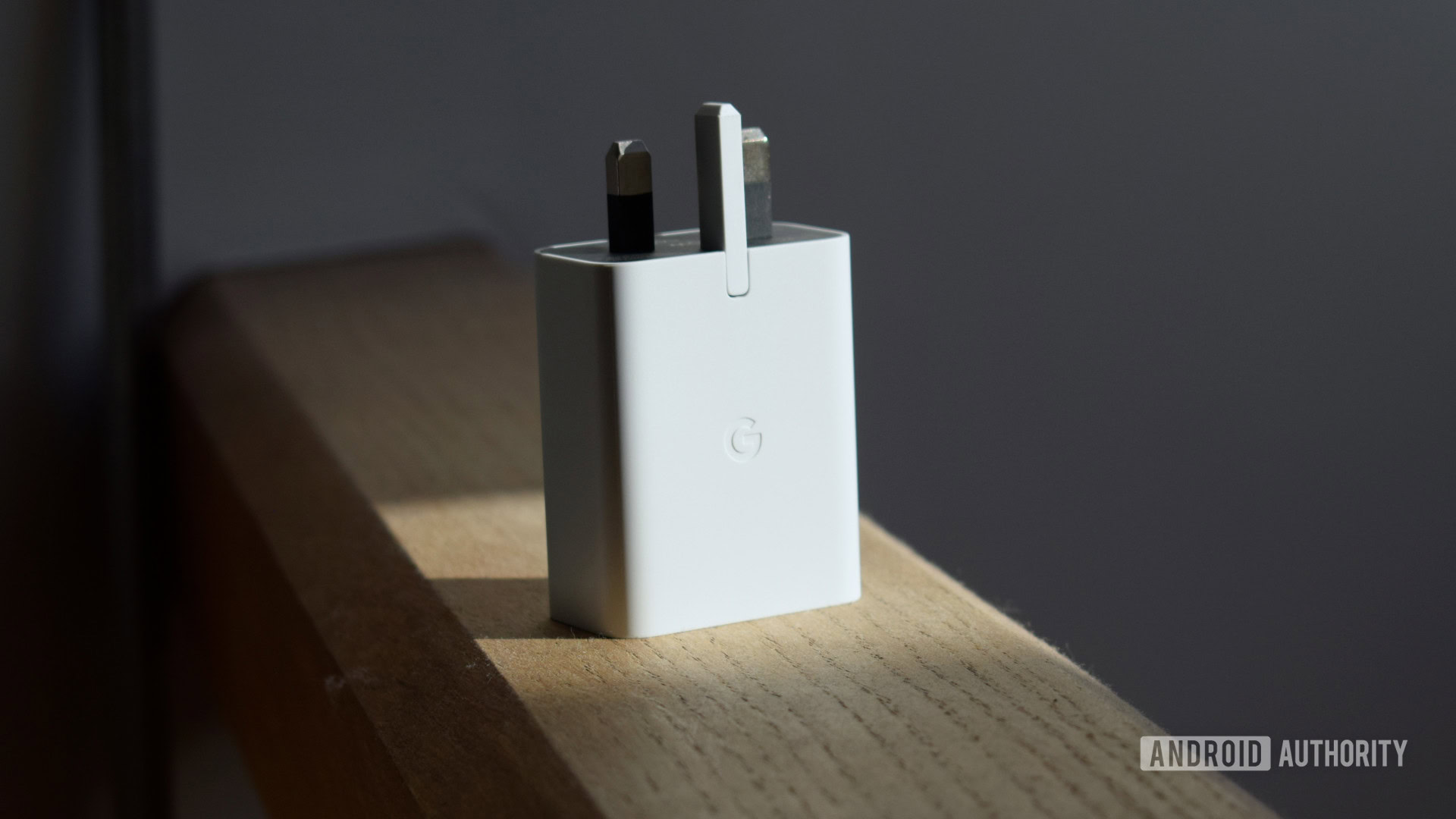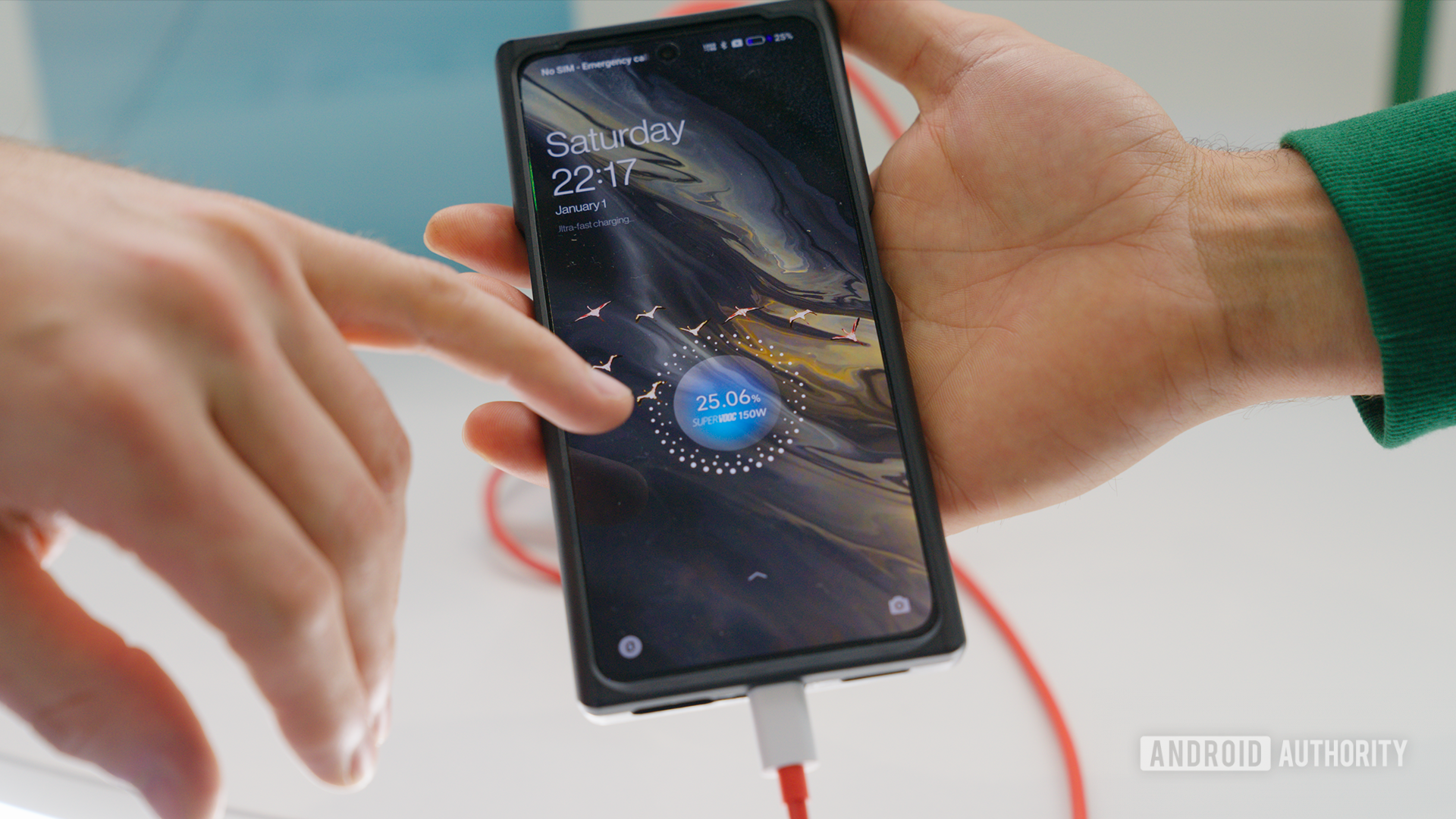
Robert Triggs / Android Authority
Your next smartphone likely won’t ship with a charger in the box. I’m not just talking about expensive flagship devices here — we’ve noticed a growing number of mid-range devices follow this trend. The Samsung Galaxy A53 and Nothing Phone 1, two popular budget picks for 2022, don’t ship with a charger. And if there’s anything we’ve learned from the demise of the headphone jack, it’s that more companies will follow suit eventually.
Given this inevitability then, it’s high time that manufacturers abandon proprietary charging protocols in favor of universal standards, and here’s why.
Our guide: How wired and wireless fast charging work
No (proprietary) charger in the box: A worrying future?

Robert Triggs / Android Authority
Even though Samsung and Nothing drew some flak for making the charger a separate purchase, many users can admittedly get by without buying one. This is because both companies rely on the universal USB Power Delivery standard for fast charging. Despite what the name would have you believe, Samsung Super Fast Charging isn’t a proprietary standard. Instead, it’s based on the USB-PD Programmable Power Supply (PPS) specification.
In practical terms, you can use any PPS-capable charger — even a third-party one — to charge up a modern Samsung device. However, the same isn’t true for many other smartphone brands, including Xiaomi, OnePlus, and Oppo, to name a few. These brands are at the forefront of smartphone fast charging technology today, with their respective protocols supporting as much as 150W of power. Yet, if you used a USB-PD charger with these devices, they’ve historically pulled just 18 or 27W from the wall.
Modern smartphones with proprietary charging can charge at blistering speeds, but only support a paltry 27W via USB Power Delivery.
Needless to say, this disparity is cause for concern. Most of us don’t own a SuperVOOC charger, so if Oppo were to stop including chargers in the box, you’d have no choice but to purchase one. You can usually mix and match chargers from OnePlus, Oppo, and Realme, but that’s only because they’re all based on the same underlying technology. By contrast, USB Power Delivery has become nearly universal these days and you’ll find it supported on everything from Macbooks to Bluetooth speakers.
Related: 100W, 150W, 240W? Wired charging power has become meaningless
This divide is further compounded by the fact that brands are now engaged in a cut-throat race to achieve the fastest possible charging times with every new generation. It’s common to see new smartphones support twice as much charging power as their direct predecessor. OnePlus, for example, has jumped from 30W to 150W within a span of just three years. While the brand is currently bundling chargers with new devices, what if that commitment ends?
Even when you own the right proprietary charger, it may be slower than what your new device supports. Then if you do upgrade to a new charger, the old one becomes practically useless since it won’t fast charge any of your other devices. All in all, it’s a vicious cycle. Not to mention the extra electronic waste it causes.
Why a universal charging standard makes sense

Robert Triggs / Android Authority
Based on everything we’ve discussed so far, it’s clear that proprietary charging tech doesn’t belong in a tech landscape that’s increasingly moving towards interoperability.
Adoption of a universal standard like USB Power Delivery won’t fix the USB-C fragmentation problem overnight, but it will at least allow us to share chargers between more devices. Plenty of devices like laptops already support 100W charging via USB-PD today. And the new 240W specification should make the standard even more omnipresent in the future. To that end, USB-PD compliant chargers should continue to get cheaper as more and more devices support them.
Widespread adoption of USB Power Delivery will lead to increased competition and lower prices.
Already today, for the price of a Samsung or Google-branded charging brick, you could pick up a third-party adapter that offers either more charging power or multiple ports. Sadly, this isn’t possible in the world of proprietary charging, where you have no choice but to spend $30 to $50 on a first-party adapter that may not even work with any of your other devices.
Our picks: The best wall chargers
The problem extends far beyond the world of wall chargers too. Portable power banks and car chargers don’t support proprietary protocols. What’s worse, it’s not always possible to find a first-party option either. As with wall plugs, charging power in these situations will often drop down to 10W or 18W — unacceptable for most modern smartphone users.
Proprietary charging: The beginning of the end?

Harley Maranan / Android Authority
As much as I hate to admit it, proprietary charging protocols will likely stick around — at least for the foreseeable future. Brands have long claimed that their respective charging technologies do a better job at preserving battery health compared to the competition.
Earlier this year, Oppo claimed that its Battery Health Engine in the Find X5 Pro allowed the battery to sustain 1,600 charge cycles before losing 20% of its capacity. Xiaomi also made a similar, albeit more conservative, claim when it debuted its HyperCharge fast charging technology.
Proprietary protocols may not disappear overnight because of battery health concerns.
Indeed, you’ve probably heard countless times that battery health can deteriorate significantly without adequate precautions. Oppo says that it managed to avoid this potential pitfall by using a proprietary algorithm that constantly adjusts the charging current. It also fine-tuned the chemistry of its lithium-ion batteries for better longevity.
Even if we take the battery health claims at face value, it’s unclear why these measures cannot be implemented alongside universal standards like USB-PD. After all, the latest USB Programmable Power Supply specification already supports variable voltage and current levels.
If proprietary protocols are truly necessary, though, the least manufacturers can do is improve compatibility with open standards. We’ve seen a handful of moves in this direction, like Oppo’s line of mini flash chargers with support for both SuperVOOC and USB-PD PPS charging. While the company hasn’t shown any inclination to sell these outside China yet, OnePlus has seemingly made the first move.
The OnePlus 10T ships with a 150W SuperVOOC charger that also includes support for USB-PD, up to 45W. While it’s far from the 65W (or even 100W) that many laptops require, this move is hopefully a sign that the days of single-use proprietary chargers are numbered.
Proprietary USB-C fast charging was once a necessary evil, now it's just evil - Android Authority
Read More
No comments:
Post a Comment